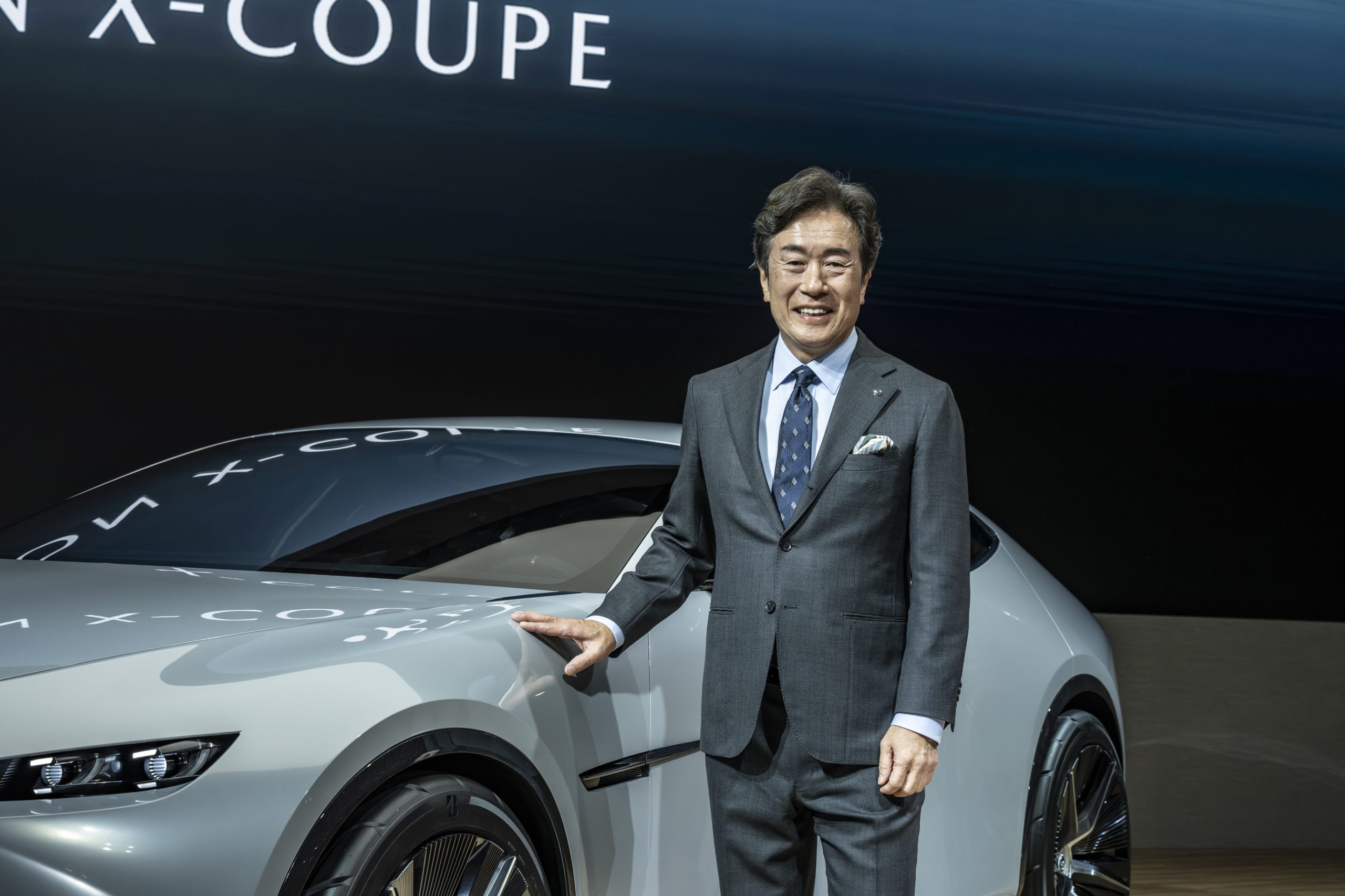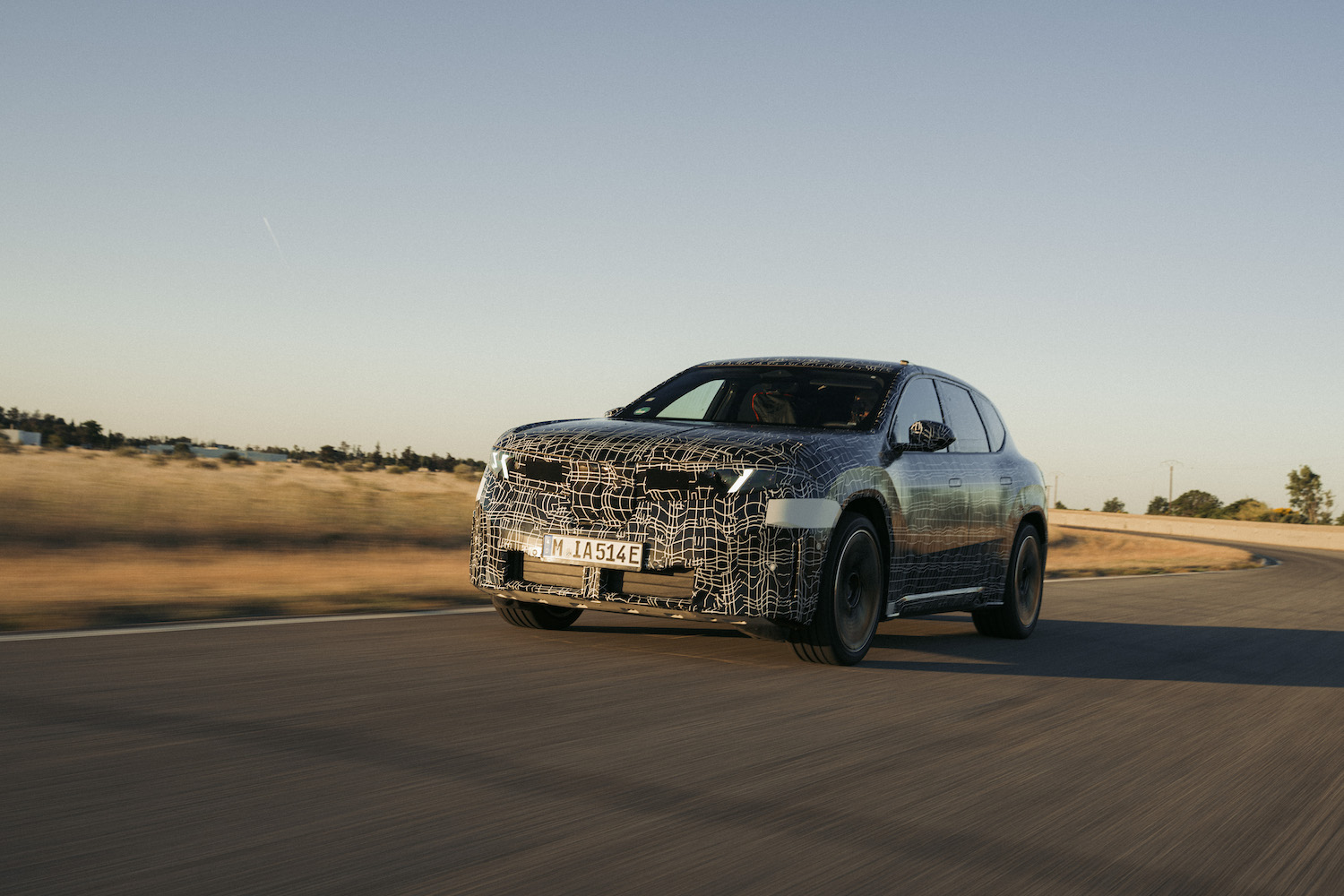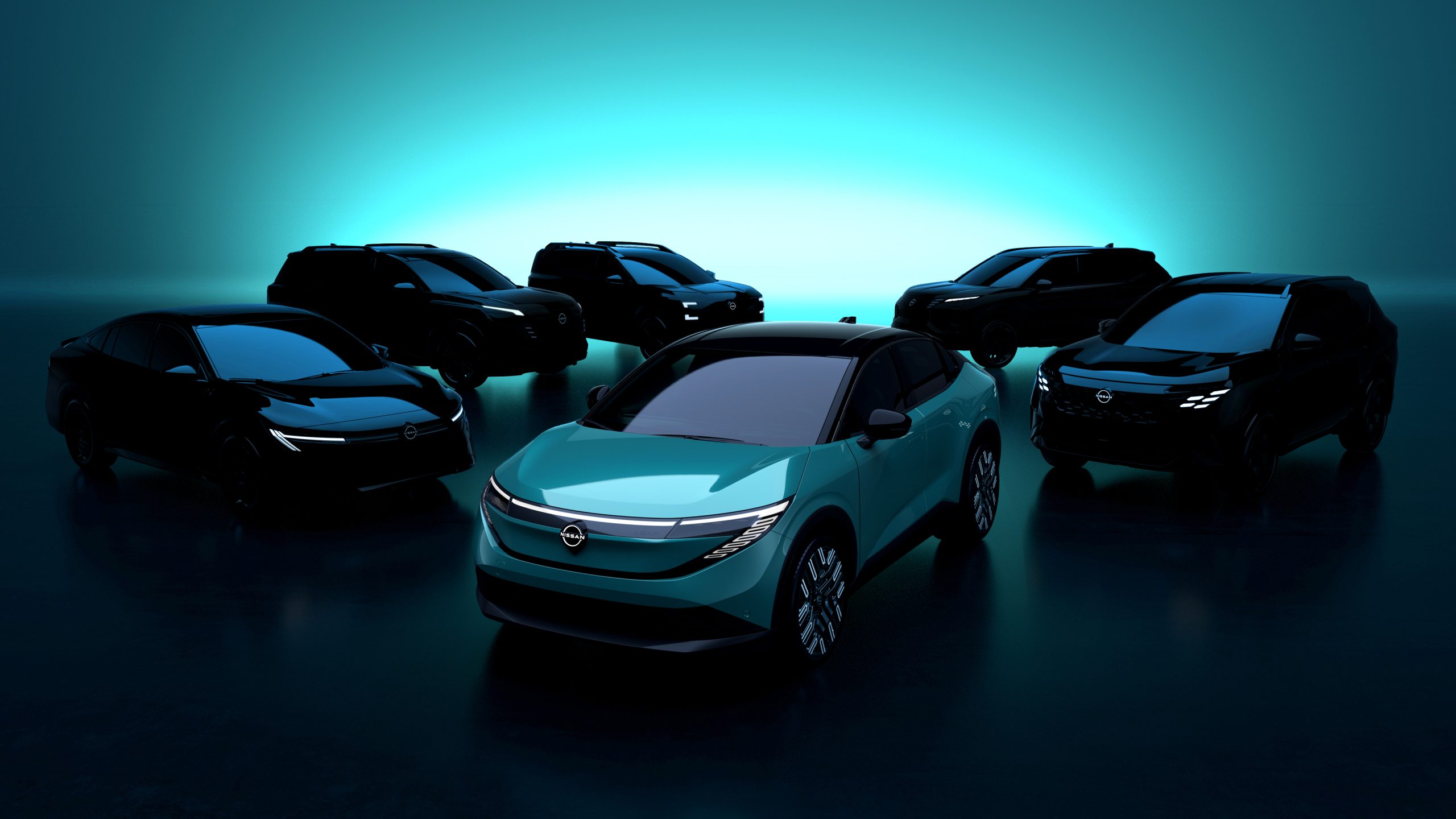Penn State Turns Streetlights Into EV Chargers To Boost Urban Access


- A Penn State research team has developed a framework to convert ordinary streetlights into affordable and accessible electric vehicle charging stations for city residents.
- The yearlong pilot in Kansas City, Missouri, showed that streetlight chargers are cheaper to install, faster to operate, and more environmentally friendly than commercial alternatives.
- Researchers say the scalable model could help cities across the United States expand EV infrastructure equitably, particularly in underserved neighborhoods.
Electric vehicles promise cleaner air and lower running costs, but for people living in cities, charging access remains a major hurdle. Apartment dwellers and those without garages often find it impractical to own an EV, creating a gap between sustainability goals and everyday convenience.
To help close that gap, a research team from Penn State University has developed a scalable framework to convert existing streetlights into electric vehicle charging stations.
The team tested the concept in Kansas City, Missouri, where 23 streetlights were retrofitted with charging units. The results were promising: installation costs were lower, environmental benefits were measurable, and convenience improved for residents who lacked private chargers.
“The motivation for this work comes from the fact that many apartment and multi-unit dwelling residents, particularly in urban and downtown areas, lack access to dedicated home EV chargers, since they don’t have the privilege of owning a garage,” said Xianbiao “XB” Hu, associate professor of civil and environmental engineering at Penn State.
Hu noted that streetlight poles already have power connections, are owned by local governments, and are located where people live and park, making them ideal for community-based charging.
The project, funded by the U.S. Department of Energy, was a collaboration between Penn State researchers, Kansas City officials, Metro Energy Center, local utilities, and the National Renewable Energy Laboratory.
Yang “Chris” Song, now a data scientist at ElectroTempo, said the team wanted to design something any city could adopt. “The scalability was a huge part of what makes this framework important,” Song explained. “Creating something that works not just in one specific city but that can be adopted by many communities easily is critical for increasing EV use across the country.”
To determine demand, the team used AI models that evaluated traffic patterns, land use, and nearby destinations. They also integrated equity into their analysis. “We took into account equity, which here means the proactive engagement with the community to ensure fair and inclusive distribution of the streetlight charging benefits across diverse neighborhoods,” Song said.
After a year of data collection, the researchers found that the streetlight chargers offered several advantages. They were cheaper to install because they used existing infrastructure, and faster because they relied on municipal electrical lines with fewer users competing for power.
“The streetlight chargers offered significantly faster charging speeds,” said Yuyan “Annie” Pan, a postdoctoral researcher working with Hu.
The environmental impact was also positive. Because the chargers were installed where cars already park, they helped reduce gasoline use and greenhouse gas emissions without requiring new construction or land use changes.
“We found that using streetlights for EV charging offers an innovative and equitable approach to expanding charging infrastructure and promoting sustainable electrification,” Pan said.
Looking forward, the research team plans to enhance its models by incorporating socioeconomic and weather data. These insights could help cities identify underserved areas, predict future demand, and understand how climate conditions influence battery performance and travel behavior.










